If you’re looking for a way to add natural beauty and interest to your garden, using seashells is a great option. Seashells can be used in a variety of ways in the garden, from adding texture and color to borders and pathways, to creating focal points with interesting displays. In this comprehensive guide, we will answer some common questions about how to use seashells in the garden, as well as provide tips on where to find shells, how to prepare them for use in the garden, and more!
Seashells and the Benefits they Provide
Seashells have many benefits that can be useful in gardening. For example, they can both help with providing nutrients to plants and add a nice sea touch to your garden. Overall, using seashells in your garden can provide numerous benefits to both your plants and soil.
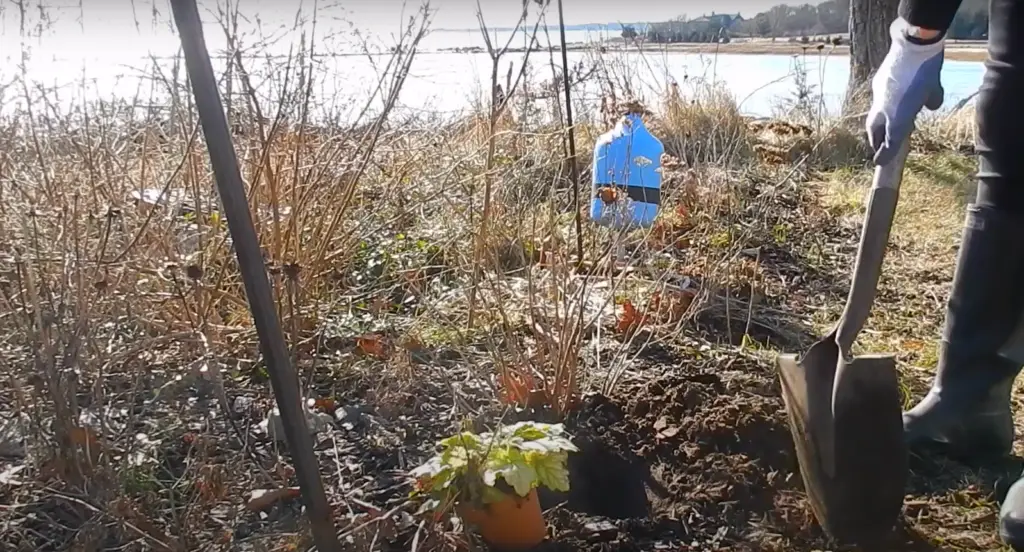
If you’re looking to add seashells to your garden, there are a few things you should keep in mind.
Smaller shells are generally best for drainage while larger ones can be used for decoration or mulch. Additionally, you’ll want to make sure the shells are clean before adding them to your garden. [1]
Once you’ve prepped your seashells, you can add them to your garden in a number of ways.
How Can You Utilize Seashells in Your Garden?
Seashells can be used in a number of ways in your garden. Let’s take a look at what you can do with them!
Soil enrichment
One way to use seashells in your garden is by adding them to the soil. This can help improve drainage while also providing essential nutrients. Seashells are a great source of calcium, which is essential for plant growth. Adding them into your soil is also relatively simple, we will get to it later.
Decorations
In addition to enriching the soil, seashells can also be used as decorations. This is a great way to add a unique touch to your garden. You can use seashells to create borders or pathways. Seashells are a unique and cheap way to add interest to your garden. With a little bit of creativity, you can use them in a number of ways. Additionally, you can use them to accentuate other features in your garden such as ponds or fountains.
When using seashells for decoration, it’s important to choose the right type of shell. Smaller shells are generally best for this purpose. But of course, it’s up to your preferences at the end of the day. You’ll also want to make sure the shells are clean before adding them to your garden.
You also can simply place them around the base of your plants. [2],[3]Using Crushed Seashells as a Fertilizer
A very useful way to use seashells in your garden is by crushing them and using them as a fertilizer. This is a great way to add important nutrients and improve drainage. You can also use them as a solution that will help to maintain the pH of your soil on a healthy level.
Benefits of mulching
We loosely mention that mulching has a lot of benefits to your garden. Now we shall go through each of them in more detail.
Creates a healthy environment
One important benefit of using seashells as a fertilizer is that it can help to increase the population of beneficial microbes in your soil. These microbes play an important role in breaking down organic matter and making nutrients available to plants. They can also help to suppress harmful plant pathogens.
Adds minerals to your soil
Seashells are a natural source of minerals, including calcium carbonate, which helps to raise the pH levels in your soil. This is beneficial if you have plants that prefer alkaline conditions, such as hydrangeas.

Mulching with crushed seashells can also help to increase the drainage and aeration in the soil. This is due to the fact that seashells are full of small holes. These holes allow water and air to reach plant roots more easily, which can promote healthier growth. In addition, using crushed seashells as a mulch can help to deter pests and keep weeds at bay.
You can simply use crushed seashells as a compost, or make a tea out of them and use that as a fertilizer. Soak the seashells in apple vinegar for two weeks, mix the tea with water and soak the soil with the mixture. [2],[3],[4],[5]
Can still work as a decoration
Environment-friendly
Another advantage of using seashells in your garden is that they are environmentally-friendly. Seashells are a natural product that will eventually break down and add nutrients to the soil. They are also a renewable resource since they can be collected from beaches. So, by using seashells you won’t have to worry about the harms caused by commercial fertilizers. [2],[3],[4]
Crushing Seashells by Yourself
If you live near the ocean, you may be wondering if it’s okay to use seashells from the beach in your garden. The answer is yes! As we mentioned, seashells are a great natural way to add calcium to your garden soil. Calcium is an essential nutrient for plants, helping them to grow strong root systems and produce healthy fruit and vegetables. If your soil is lacking in calcium, adding seashells can be a great way to give your plants a boost.
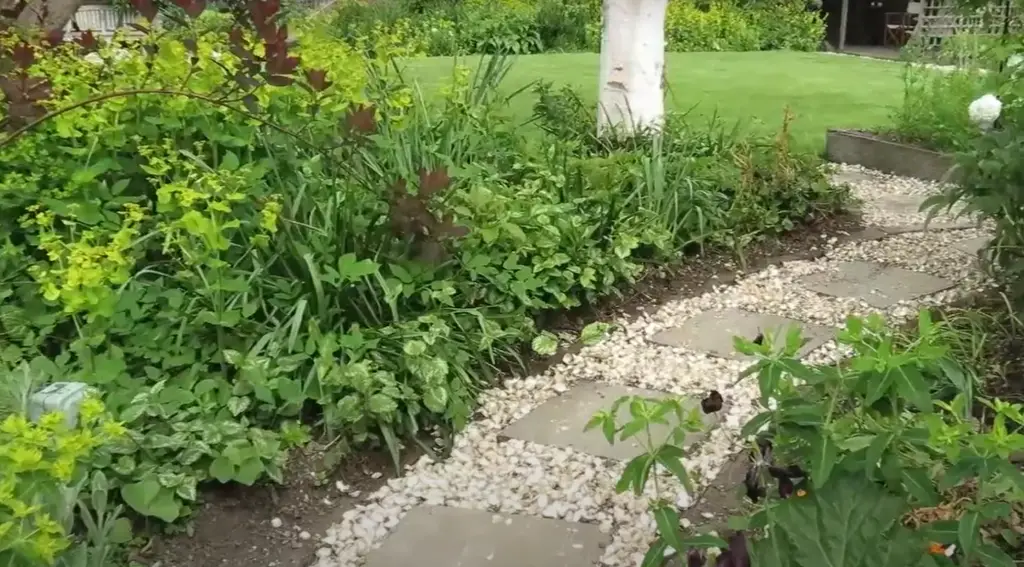
But if you plan on picking your own shells up from the beach, be sure to wash them first. You don’t want to introduce any salt or other pollutants into your garden soil. Also, be aware that some shells may have sharp edges. Crushing them before you add them to your garden will help avoid any potential injuries.
A great way to clean seashells is boiling them for about 20 minutes. This will kill any bacteria or other organisms that may be living in them. You can then let them air dry before crushing them.
To crush the seashells by yourself, you’ll need a hammer or some other type of heavy object. Place the seashells in a sturdy plastic bag and then gently tap them with the hammer until they’re broken into smaller pieces. Once they’re crushed, you can add them to your garden soil or use them as mulch around your plants.[4]
Buying Crushed Seashells in the Specialized Stores
If you don’t live near the ocean or simply don’t want to gather your own seashells, you can purchase them already crushed from a gardening store. This can be a convenient option if you need a large amount of shells for your garden. These are a great option if you want to add seashells to your garden without doing any extra work. Simply sprinkle a handful or two around your plants and water them as usual. The seashells will slowly break down and release their calcium into the soil over time. Just be sure to check that the shells are clean and free of salt before adding them to your soil.
Using Seashells as a Decoration
Seashells can make lovely decorations for your home, but did you know that they can also be used in the garden? Here are some tips on how to decorate your garden with seashells.
Place them on top of the fence
You can glue them down or simply place them on top.Another option is to drill a small hole in the shell and screw it onto the fence. This way, you can remove the shells later if you want to change up the look of your garden.
Improve the look of your water decorations
Another great way to use seashells in your garden is to decorate a water feature. You can add them to the bottom of a birdbath or place them around the edge of a pond. The shells will reflect the light and make the water look even more inviting.
Using them as garden edging
One of the most popular ways to use seashells in gardens is to edge the garden beds. This is a great way to add some extra interest and texture to your garden. You can either glue the shells onto something like chicken wire or you can simply lay them out in a row.
Use shells as walkways
One of the common ways to use seashells in the garden is to create a shell walkway.
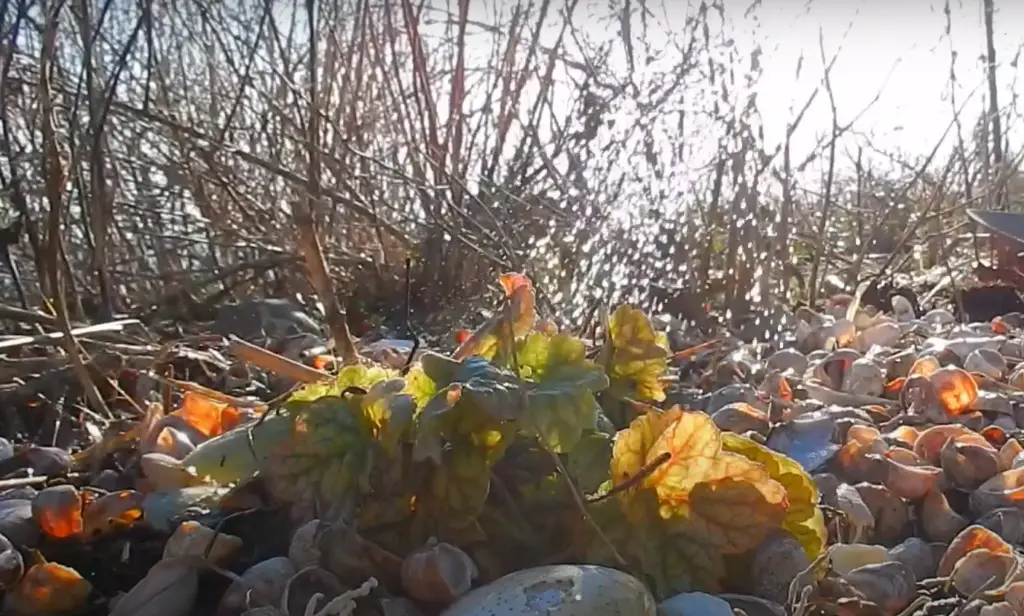
This can be as simple as laying down shells in a path leading to your front door or more elaborate, like creating a mosaic design using different colors and sizes of shells.
Using shells as wind chimes
Another interesting idea to use seashells in the garden is to make wind chimes. This is a great project for kids and adults alike. All you need are some shells of different sizes, some string, and a drill. Simply drill a hole in the top of each shell and thread the string through. Tie the strings together at different lengths and you have a beautiful wind chime!
Place them into pots and garden beds
The beauty of seashells is that they can be used in so many ways. You could put them into pots or garden beds to add some element from the beach and make them look interesting! [3],[4],[6]
Table: Comparison of Seashell Usage in Gardens
Seashells can be a unique and eco-friendly addition to your garden. Below is a comparison of various indicators related to using seashells in the garden to enhance its beauty and improve soil conditions.
| Indicator | Benefits | Considerations |
|---|---|---|
| 1. Types of Seashells |
|
|
| 2. Soil Improvement |
|
|
| 3. Mulching with Seashells |
|
|
| 4. Coastal Garden vs. Inland Garden |
|
|
| 5. Environmental Impact |
|
|
This table compares various aspects of using seashells in the garden. The first column presents different indicators related to seashell usage. The second column lists the benefits associated with each indicator, while the third column outlines the considerations or potential drawbacks. The table highlights how seashells can positively impact garden aesthetics, soil health, and weed control. However, it also emphasizes the importance of using seashells responsibly to avoid ecological harm and to ensure they are used effectively in different garden settings.
Remember to research and follow local guidelines and best practices when using seashells in your garden.
FAQ
Can seashells be used as fertilizer?
Yes, seashells can be used as fertilizer. They are a good source of calcium and other minerals that can help plants grow.
What kind of shells should I use for decoration?
There are many different types of shells that can be used for decoration. It really depends on what look you are going for and what will complement your garden. Some people prefer to use large conch shells, while others like to use smaller shells or even starfish. You can even get creative and use colorful sea glass or sand dollars.
What do you do with seashells outside?
There are many ways to use seashells in your garden. You can create pathways, line planters, or make a seashell mosaic.
Seashells are also great for drainage. If you live in an area with clay soil, adding seashells to your flower beds can help improve drainage and aeration.
Another way to use seashells in the garden is as mulch. Seashell mulch helps retain moisture and prevents weeds from growing. It’s also a beautiful way to add texture and interest to your garden beds.
What are the benefits of using seashells in the garden?
Using seashells in the garden can provide various benefits, such as improving soil drainage, deterring pests, and adding a decorative touch. Seashells also release calcium carbonate into the soil, which can benefit certain plants and help regulate soil pH.
How do I prepare seashells for garden use?
Before using seashells in your garden, it’s essential to clean and sanitize them properly. Rinse the shells thoroughly to remove any sand or debris. You can also soak them in a mixture of water and vinegar to disinfect them and eliminate any lingering odors.
Can seashells be used to improve soil drainage?
Yes, seashells can improve soil drainage. Crushed seashells can create air pockets in the soil, allowing excess water to drain away more efficiently. This is particularly beneficial for gardens with heavy or compacted soil that tends to retain water.
How can I use seashells as a mulch?
Seashells can be used as a decorative and functional mulch in the garden. Simply spread a layer of crushed or whole seashells around the base of your plants. The mulch will help retain soil moisture, suppress weeds, and add a unique visual appeal to your garden.
Do seashells attract any pests that I should be concerned about?
Seashells themselves do not attract pests, but they can act as a deterrent for certain garden pests. The rough texture of crushed seashells can discourage slugs and snails from crossing them, helping to protect your plants from these common garden pests.
Can I use seashells to improve the soil’s pH?
Yes, seashells can have a mild impact on the soil’s pH. As they break down over time, they release calcium carbonate, which can slightly raise the soil’s pH. This can be beneficial for plants that prefer alkaline soil conditions.
Are there any plants that particularly benefit from the use of seashells?
Plants that benefit from alkaline soil conditions, such as certain types of vegetables, herbs, and flowers, can particularly benefit from the use of seashells in the garden. Examples include tomatoes, broccoli, lavender, and dianthus.
Can I use seashells to create a pathway in the garden?
Yes, seashells can be used to create a unique and visually appealing pathway in the garden. Crushed seashells can be compacted to form a stable surface for walking. They add an interesting texture to the pathway and can withstand foot traffic.
How do I prevent seashells from being displaced by rain or wind?
To prevent seashells from being displaced by rain or wind, consider using them in areas with minimal water flow and wind exposure. You can also create borders around the seashell-covered areas using stones or bricks to keep them in place.
Can I use seashells in my potted plants or containers?
Absolutely! Seashells can be used in potted plants or containers as a decorative element, and they can also help with soil drainage. Just ensure that the seashells are clean and won’t compact the soil too much, affecting water drainage in the container.
Useful Video: Gathering Seashells for the Garden | Transplanting Plants
Conclusion
If you’re looking for a way to add some natural beauty and interest to your garden, consider using seashells. There are many ways you can use them, from mulching flower beds with crushed shells to decorating walkways and archways. You can even get more creative and make a custom wind chime with them. Seashells make wonderful additions to any garden, so give them a try today!
References:
- https://www.aumanns.com.au/19-best-natural-ways-to-prevent-pesky-snails-and-slugs/
- https://dirtsoilandmore.com/benefits-using-crushed-shell-natural-fertilizer/
- https://dirtsoilandmore.com/should-you-use-crushed-seashell-for-garden-plants/
- https://www.growerexperts.com/sea-shells-in-garden-soil/
- https://growingorganic.com/soil-guide/oyster-shell/
- https://www.completely-coastal.com/2010/03/seashell-garden-ideas.html

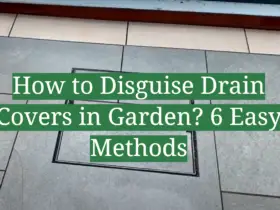
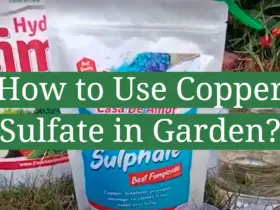


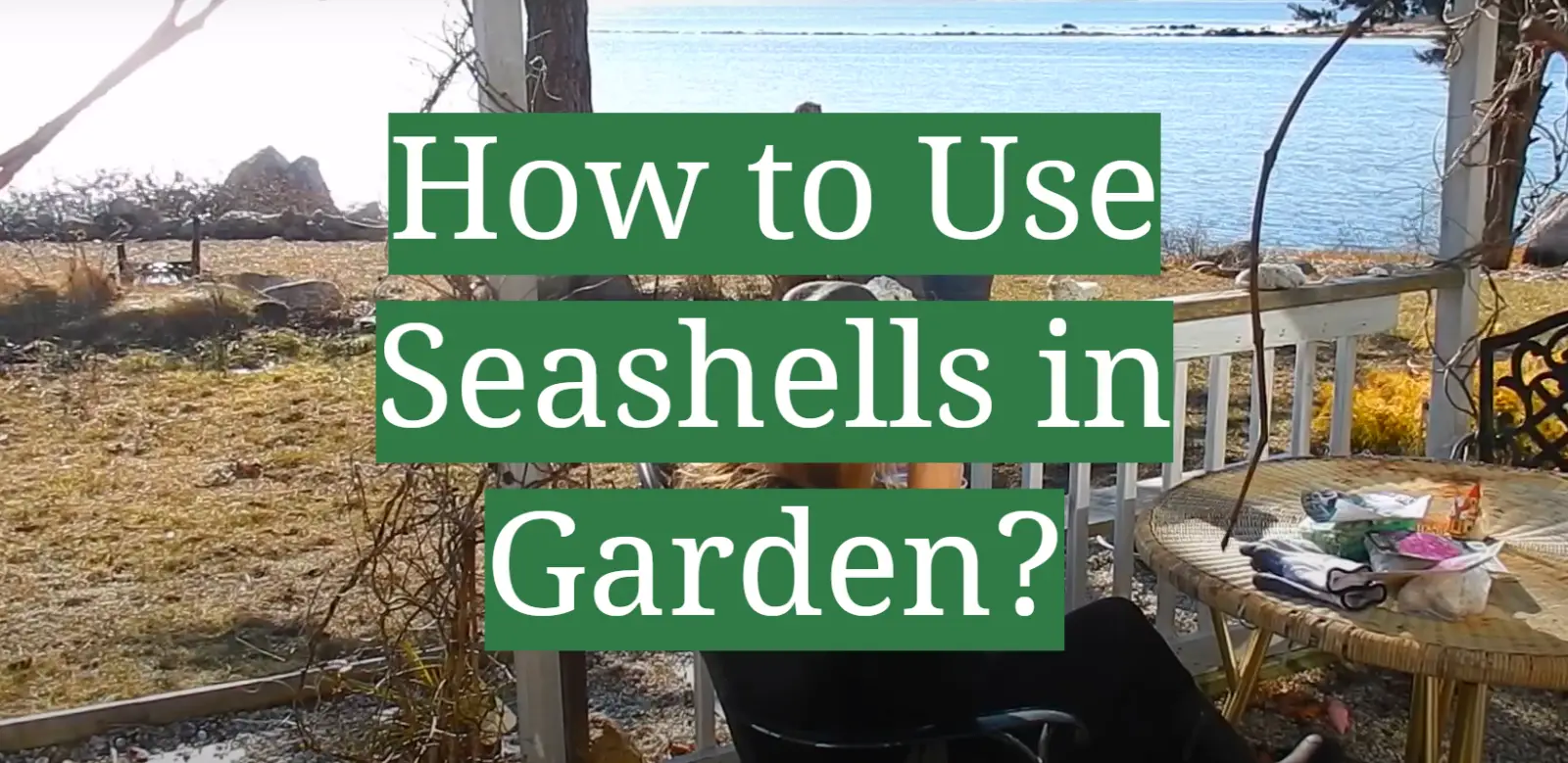
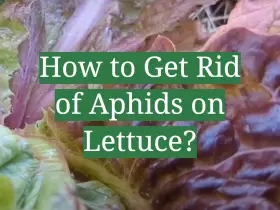
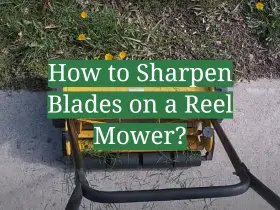
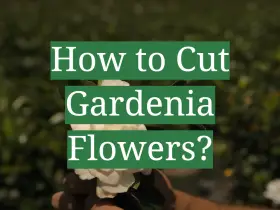
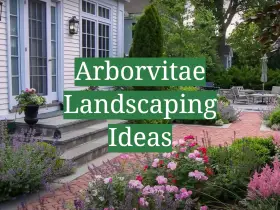
Leave a Reply
View Comments